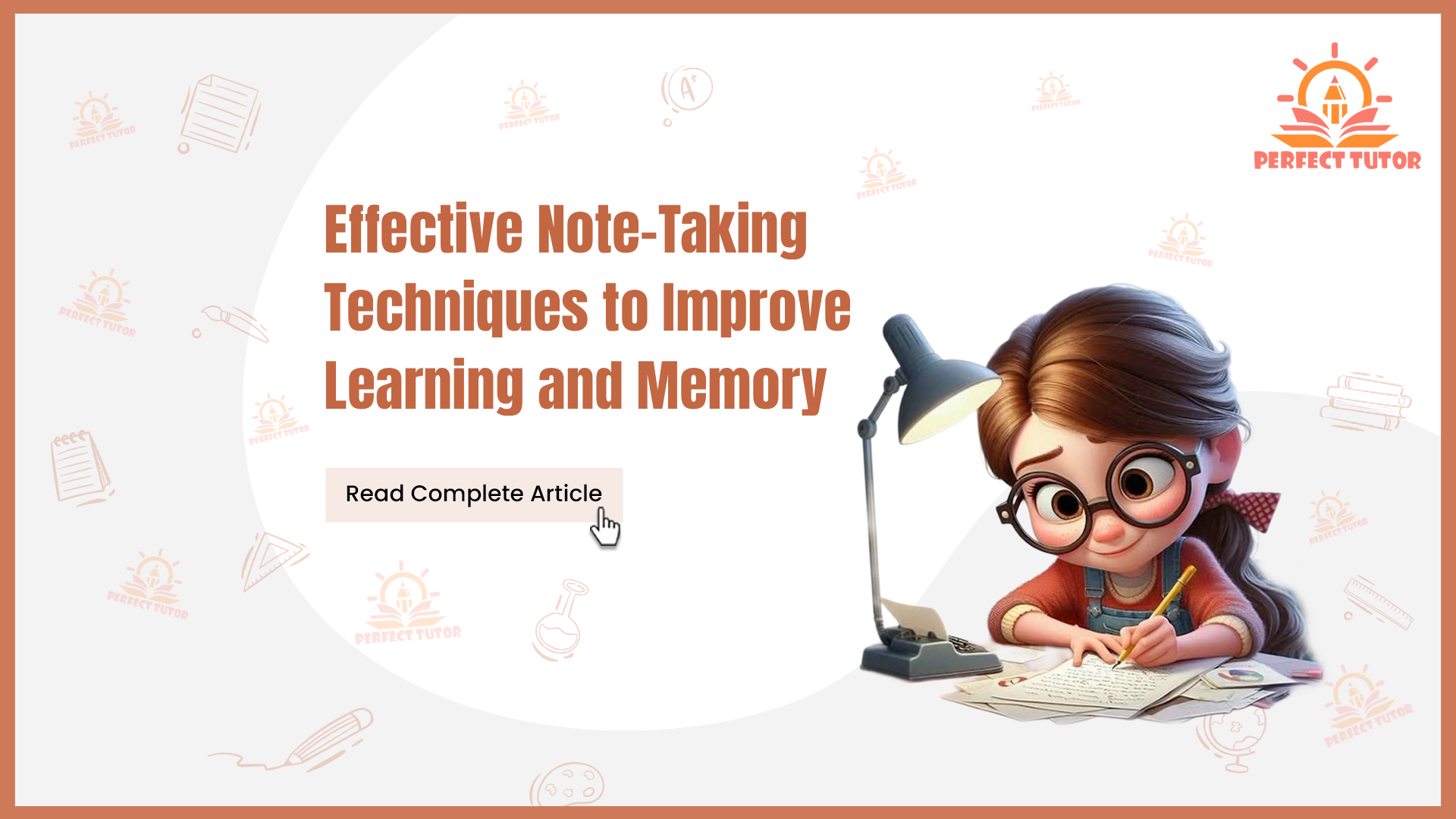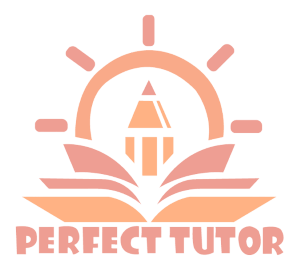Effective Note-Taking Techniques to Improve Learning and Memory
Think about this. You attend a class, the teacher explains everything, and you feel you’ve understood it all. But when you sit down to revise a week later, your mind goes blank. This happens with almost every student. The reason is simple: our brain forgets quickly if we don’t smartly store the information. That’s where note-taking comes in.
Good notes are like a mini version of your textbook made by you, for you. They save time, make revision easier, and help you remember things for a longer time. In this blog, let’s talk about easy and practical note-taking methods that can truly improve your learning and memory.
Why Do Students Really Need Notes?
Some students think, “Why should I make notes when I can just read the book?” The answer is simple: books are long, and exams are short. Notes act like a shortcut without skipping the important points. So, in a way, notes are like your personal study buddy. Here’s how they help:
They keep you focused in class because you’re listening and writing together.
They become your ready-made revision guide before exams.
They reduce stress because you don’t need to flip through hundreds of pages.
Writing with your own hands makes your brain remember better.
What Do Good Notes Look Like?
Not all notes are useful. Sometimes, students write so much that they can’t even find the main idea later. Good notes should be:
Short and simple – no long paragraphs.
Organized – use headings, bullet points, or numbering.
Highlight only the main ideas – not everything the teacher says.
Clear – easy to read when you open them after weeks.
Personalized – written in your own words, not copied word by word.
Imagine opening your notebook during exam week and finding a neat, clear list instead of messy lines. That’s the difference good notes make.
Easy Note-Taking Methods (Explained Simply)
1. The Bullet Point Method
The most common and easiest one. Just write down important ideas in short lines.
Example:
Photosynthesis → Plants make food using sunlight.
Happens in leaves.
Produces oxygen.
2. The Mind Map
Draw the main topic in the middle of the page, and then make branches for sub-topics. It looks like a tree. This works well for subjects like history or science, where one idea is connected to another.
3. The Cornell Method
Divide your page into three parts: left side for keywords, right side for notes, and bottom for a summary. This method may sound “fancy,” but in reality, it’s just about making your page more organized.
4. The Flow Method
This is like free writing with arrows and small diagrams. You just let ideas flow naturally. This is great for brainstorming or creative subjects.
5. Highlighting and Color Coding
Many students love this. Use different colored pens or highlighters for definitions, examples, or formulas. It makes notes look attractive and helps your brain remember faster because your eyes catch colors quickly.
How to Pick the Right Method
There is no “best method” for everyone. Some students like neat bullet points, while others prefer colorful mind maps. The trick is to experiment. Try different methods and see which one makes learning easier for you. You can even mix them. For example, write bullet points but also use color coding.
Read This Also - Role of Digital Skills in Preparing Students for the Future Workforce
Tips to Make Your Notes More Useful
Just writing notes is not enough. The way you write them matters. Here are a few simple tips:
Listen first, write later – don’t try to copy everything the teacher says. Understand and then note.
Use short forms – like “w/” for “with,” “ex” for “example.”
Leave space – so you can add points later while revising.
Revise the same day – even a 10-minute review can fix the lesson in your memory.
Keep them neat – you’ll thank yourself during exams.
Paper Notes vs. Digital Notes
Both have their own advantages:
Paper Notes: Better for memory, less distraction, and you can draw diagrams easily.
Digital Notes: Easy to organize, searchable, and safe in case you lose notebooks.
The smart way is to use both. For subjects like math and science, handwritten notes feel better. For theory-heavy subjects, digital notes can save time.
How Notes Improve Memory
Writing something down tells your brain, “This is important.” Reading your own notes again and again builds a strong memory. That’s why students who make their own notes often remember lessons better than those who only read books.
Mistakes Students Make in Note-Taking
Sometimes notes create more confusion than clarity. Avoid these mistakes:
Writing too much without understanding.
Making notes is messy and unreadable.
Forgetting to review them later.
Highlighting every line (if everything is important, then nothing is important).
Smart Habits Along with Note-Taking
Here are a few extra things you can do:
Revise your notes for 10–15 minutes daily.
Use sticky notes for quick reminders.
Compare notes with friends—you might find points you missed.
Turn your notes into questions and test yourself.
Conclusion
Note-taking is not about writing fast. It’s about writing smart. When you make notes clearly and simply, you save yourself from a lot of last-minute stress. Good notes make learning easier, help you remember for a longer time, and boost your confidence during exams.
So, from your next class, don’t just sit and listen. Pick up your pen, try one of these simple techniques, and create notes that will actually help you. Remember, your notes are your personal study partner—make them wisely.



 +91 8700847275
+91 8700847275
 +1 8009616567
+1 8009616567